That iconic jar of creamy, chocolatey Nutella is a familiar sight in pantries worldwide. It’s marketed with images of wholesome breakfasts, often spread on toast as a quick and easy morning meal.
But when you get past the tempting commercials and delicious taste, a big question comes up: Is Nutella actually healthy? I’m a Registered Dietitian, and my job is to look beyond the hype and analyze what’s really inside our food.
In this article, we’ll dive deep into Nutella’s ingredient list and nutrition label. We’ll explore the real impact of its sugar and fat content, see how it stacks up against other spreads, and give you practical, guilt-free strategies to enjoy it as part of a balanced, healthy lifestyle.
Let’s get the facts.
- What’s Actually Inside a Jar of Nutella?
- A Dietitian’s Look at the Nutrition Label
- Why Is So Much Sugar a Problem?
- What’s the Deal with the Palm Oil?
- Do the Hazelnuts Offer Any Health Benefits?
- How Does Nutella Compare to Peanut Butter?
- Are There Healthier Alternatives?
- How Can I Eat Nutella in a Healthy Way?
- Conclusion
What’s Actually Inside a Jar of Nutella?
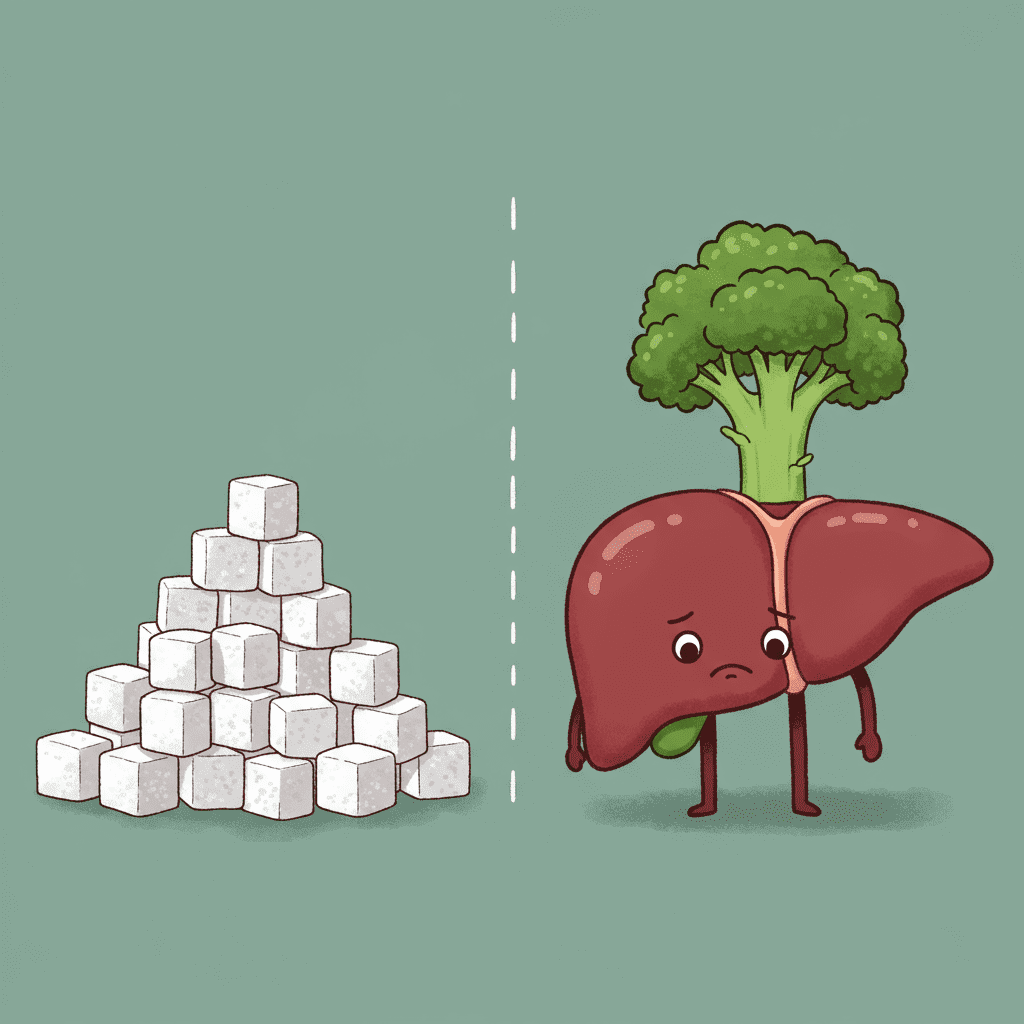
To understand any food, the first place a dietitian looks is the ingredients list. It tells you what you’re really eating, in order from the largest amount to the smallest. For Nutella, the list is quite revealing. The seven official ingredients are:
- Sugar: This is the number one ingredient. It’s the primary component in every spoonful.
- Palm Oil: The second ingredient, used to give Nutella its signature creamy, spreadable texture and stabilize its shelf life.
- Hazelnuts: The ingredient Nutella is famous for, but it’s third on the list, meaning there is less of it than sugar or palm oil.
- Skim Milk Powder: Adds a bit of creaminess and flavor.
- Cocoa Powder: Provides the rich chocolate taste.
- Lecithin (Soy): This is an emulsifier, a common food additive that keeps the oil and water-based ingredients from separating, ensuring a smooth, uniform texture.
- Vanillin: An artificial vanilla flavoring that enhances the sweetness.
The big takeaway here is that you’re eating a sugar-and-oil spread flavored with hazelnuts and cocoa, not a hazelnut spread in the way that peanut butter is a peanut spread. This is a crucial distinction for understanding its nutritional impact.
A Dietitian’s Look at the Nutrition Label
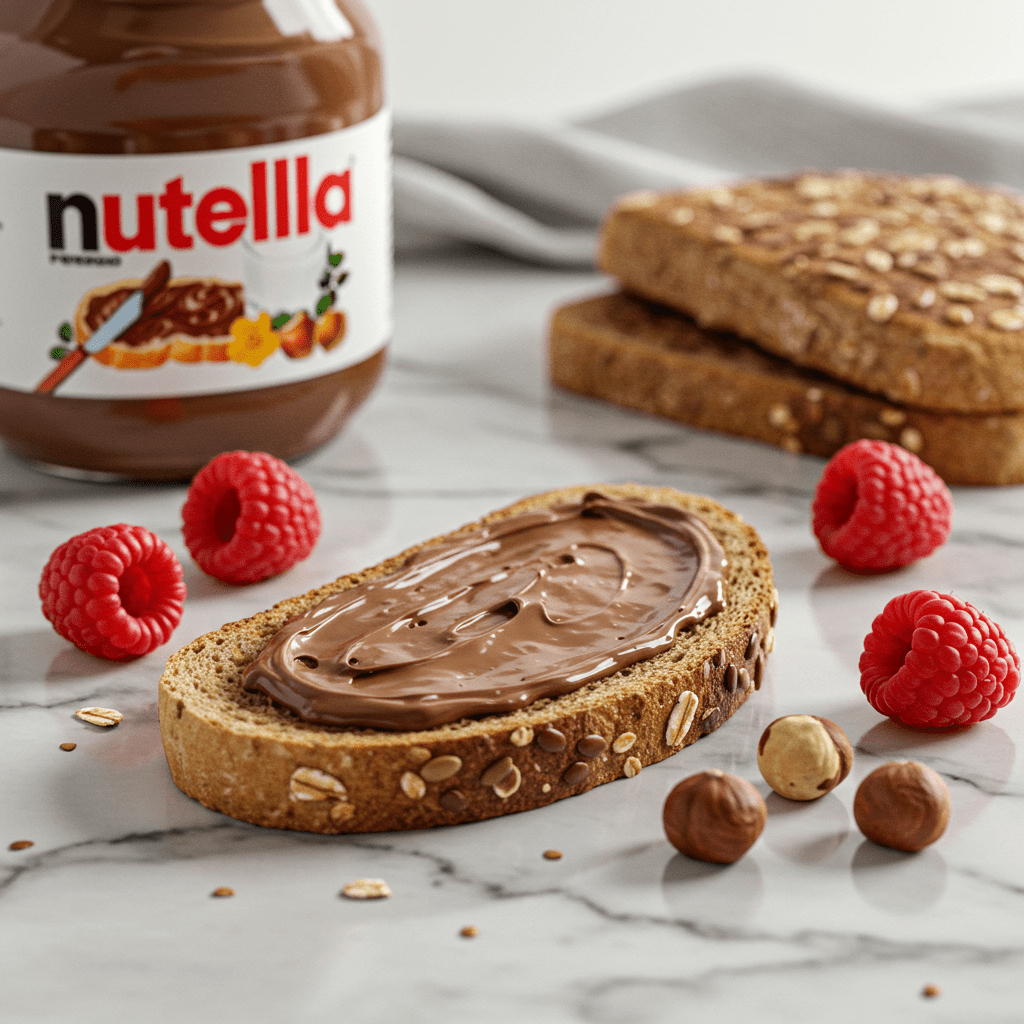
Let’s break down the nutrition facts for a standard two-tablespoon (37g) serving. This is where the numbers tell the story of how Nutella fuels your body.
- Calories: 200
- Total Fat: 11g
- Saturated Fat: 4g
- Total Carbohydrates: 22g
- Fiber: 1g
- Total Sugars: 21g (almost all of which is added sugar)
- Protein: 2g
- Micronutrients: It also contains small amounts of calcium and iron, but not enough to be considered a significant source.
The most glaring number here is the sugar content.
At 21 grams of sugar per serving, you are consuming the equivalent of about 5 teaspoons of pure sugar. To put that in perspective, the American Heart Association (AHA) recommends that women consume no more than 25 grams (6 teaspoons) of added sugar per day, and men no more than 36 grams (9 teaspoons).
A single serving of Nutella can take up almost your entire day’s sugar allowance.
Why Is So Much Sugar a Problem?
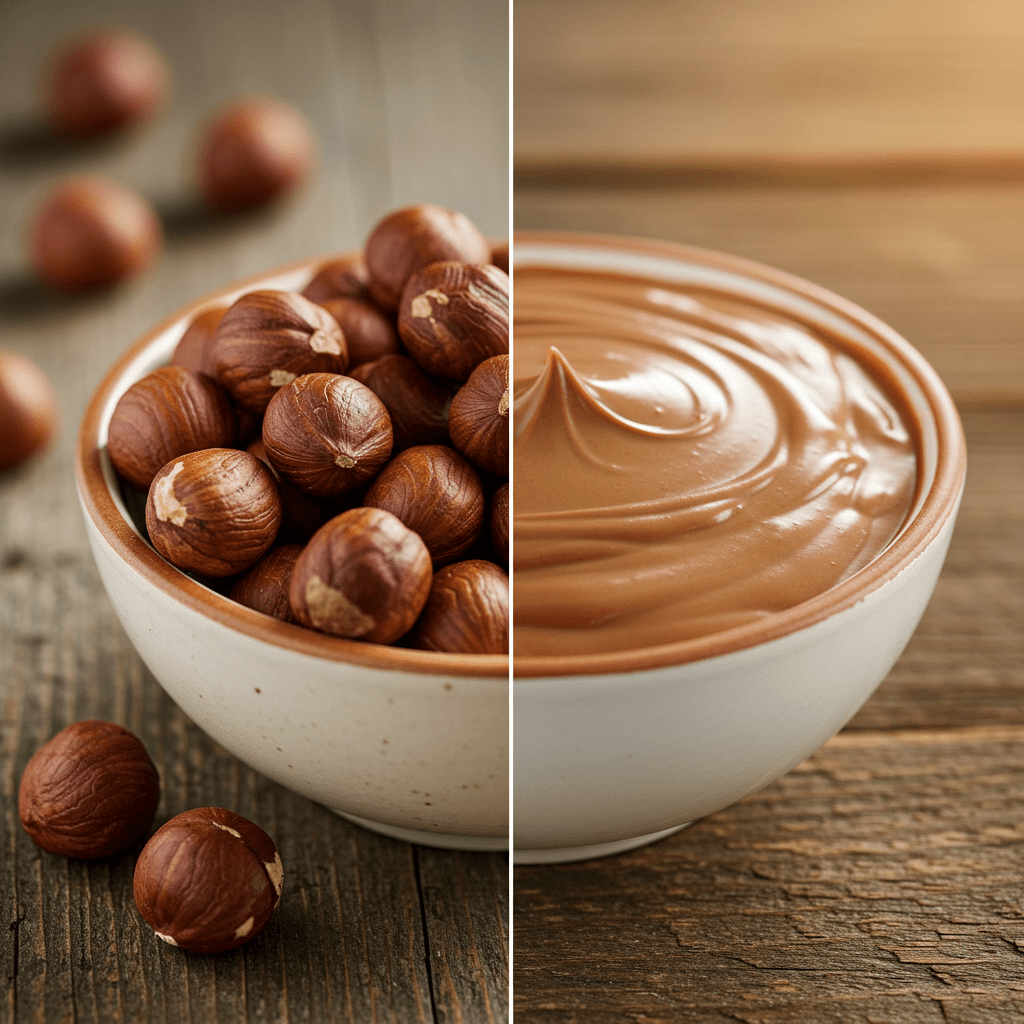
The biggest health concern with Nutella is, without a doubt, its high sugar content, an issue common in many processed foods, including some beverages marketed as healthy. While our bodies use sugar for energy, the majority of sugar in the modern diet is “added sugar,” which provides calories with little to no nutritional benefit.
In fact, research from the Harvard T.H. Chan School of Public Health consistently links high intake of added sugars to a host of health problems.
Excessive sugar consumption can lead to:
- Weight Gain: Sugary foods are often high in calories but low in fiber and protein, the nutrients that help you feel full. This can lead to overeating and weight gain over time.
- Blood Sugar Spikes: A high-sugar meal causes a rapid spike in blood glucose, followed by a crash. This can leave you feeling tired, irritable, and craving more sugar.
- Increased Risk of Chronic Diseases: Studies have shown that diets high in added sugar are associated with an increased risk of developing type 2 diabetes, heart disease, and non-alcoholic fatty liver disease. For instance, a major 2014 study in JAMA Internal Medicine found a significant link between high sugar intake and an increased risk of dying from cardiovascular disease.
As a dietitian, my concern is that marketing Nutella as a breakfast food can create a habit of starting the day with a significant sugar load, setting a precedent for cravings and energy slumps later in the day.
What’s the Deal with the Palm Oil?
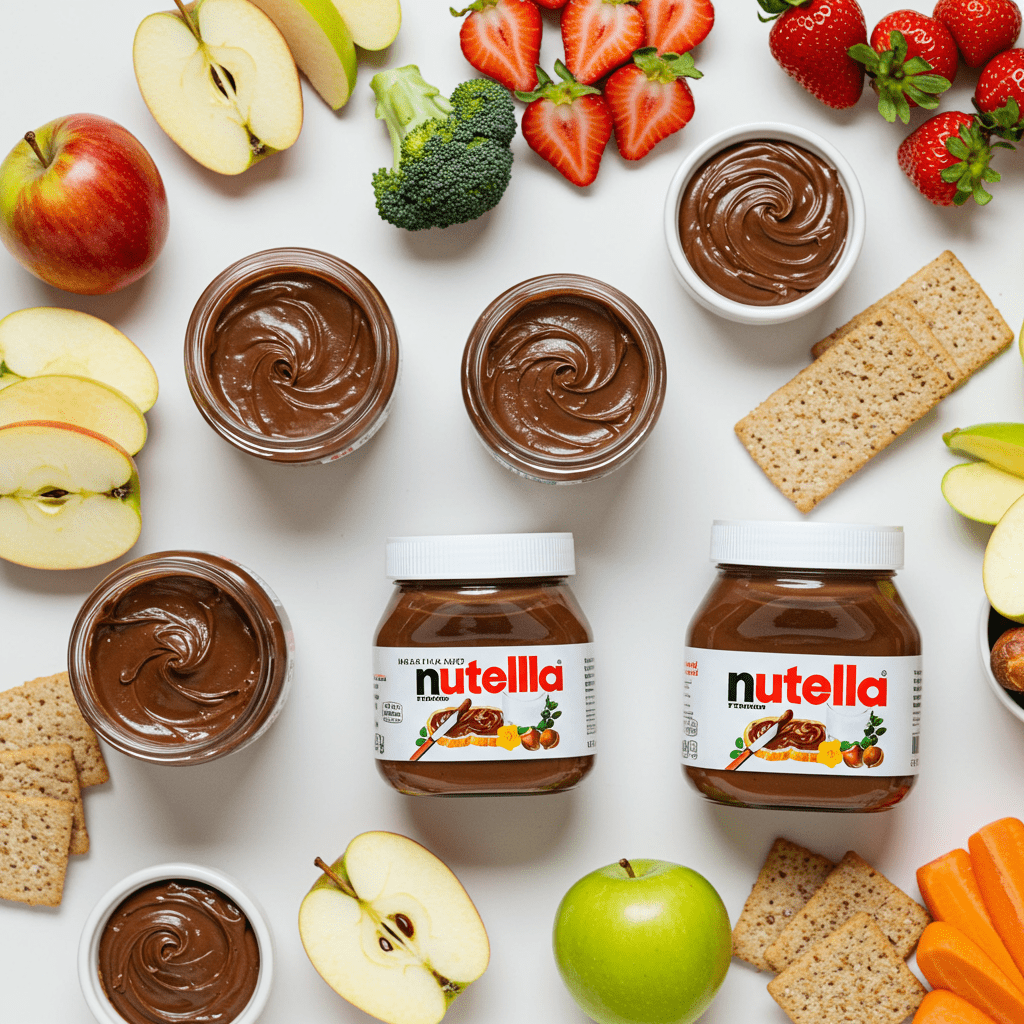
The second ingredient, palm oil, is another point of nutritional and ethical consideration. The palm oil used in Nutella is not the same as virgin red palm oil, which contains some beneficial compounds like vitamin E.
The oil in Nutella is refined, a process that strips away these nutrients to create a neutral-tasting, stable product. This leaves behind an oil that is high in saturated fat.
A single serving of Nutella contains 4 grams of saturated fat, which is about 20% of the daily recommended limit. While some saturated fat is fine in a diet, major health organizations like the American Heart Association recommend limiting it because excessive intake is linked to higher levels of LDL (“bad”) cholesterol, a major risk factor for heart disease.
Beyond nutrition, the sourcing of palm oil is a significant environmental concern for many consumers. While Ferrero (the company that makes Nutella) has committed to using 100% RSPO-certified sustainable palm oil, the broader issues with the industry remain a valid concern for many.
Do the Hazelnuts Offer Any Health Benefits?
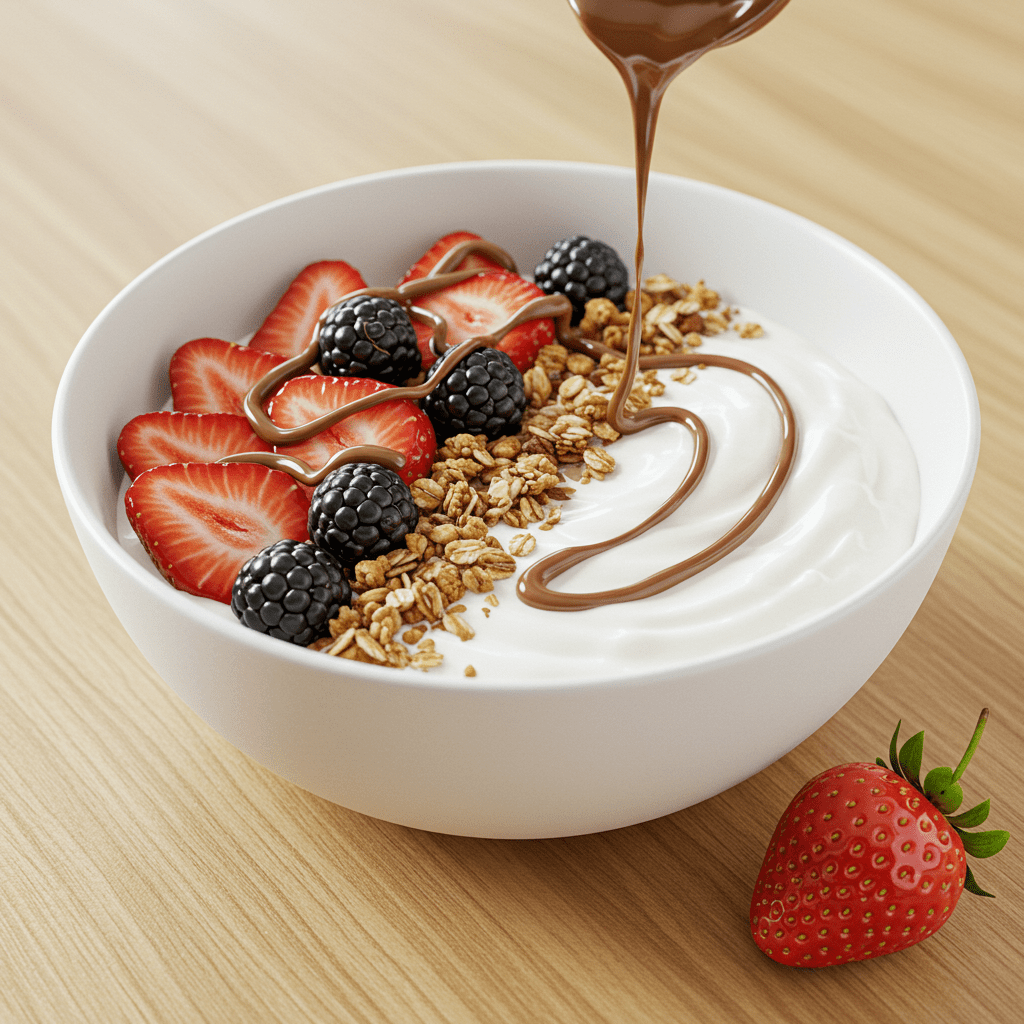
Hazelnuts themselves are nutritional powerhouses. A one-ounce serving of plain, raw hazelnuts (about 20 nuts) contains:
- 4 grams of protein
- Nearly 3 grams of fiber
- A wealth of heart-healthy monounsaturated fats
- Significant amounts of Vitamin E, magnesium, and manganese
Unfortunately, the health benefits of whole hazelnuts don’t really transfer to Nutella.
Because hazelnuts are the third ingredient, behind sugar and oil, the quantity in a two-tablespoon serving is small—estimated to be around 5-7 hazelnuts. This means you get a fraction of the protein and fiber you’d get from eating the nuts on their own.
The nutritional profile of Nutella is dominated by the sugar and palm oil, not the small amount of nuts it contains.
How Does Nutella Compare to Peanut Butter?
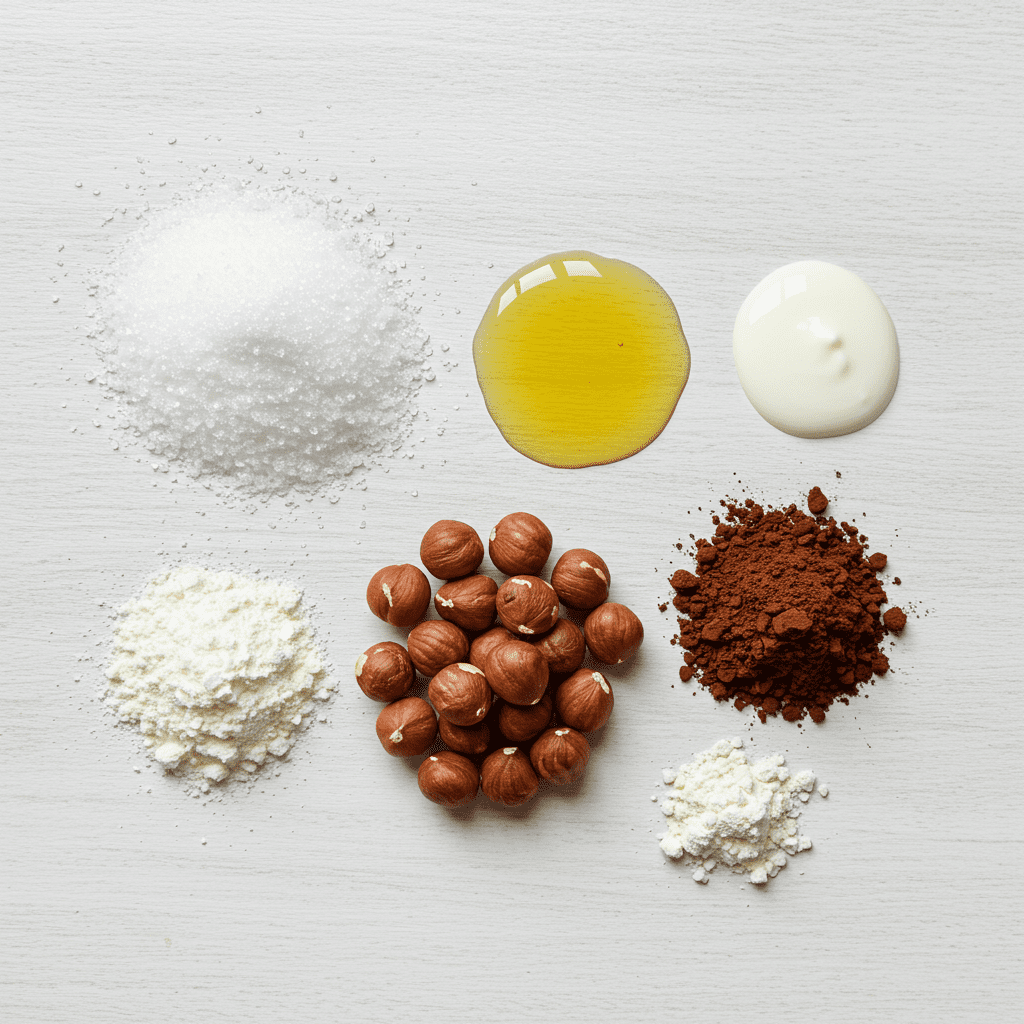
This is a common comparison, but nutritionally, they’re in different leagues. Let’s compare a typical serving of Nutella to a natural peanut butter (the kind made with just peanuts and maybe a little salt).
- Sugar: Nutella has 21g of sugar. Natural peanut butter has about 1-2g of naturally occurring sugar and 0g of added sugar. This is the single biggest difference.
- Protein: Nutella provides only 2g of protein. Peanut butter typically offers 7-8g of protein, which is crucial for satiety (feeling full) and muscle maintenance.
- Fiber: Nutella has 1g of fiber, while peanut butter usually has around 2-3g.
- Ingredients: Nutella’s first ingredient is sugar. Peanut butter’s first (and often only) ingredient is peanuts.
The verdict is clear: from a nutritional standpoint, natural peanut butter is a much healthier choice for a daily spread. It provides more sustained energy from protein and healthy fats with minimal sugar.
Nutella is, by composition, a sweet dessert topping.
Are There Healthier Alternatives?
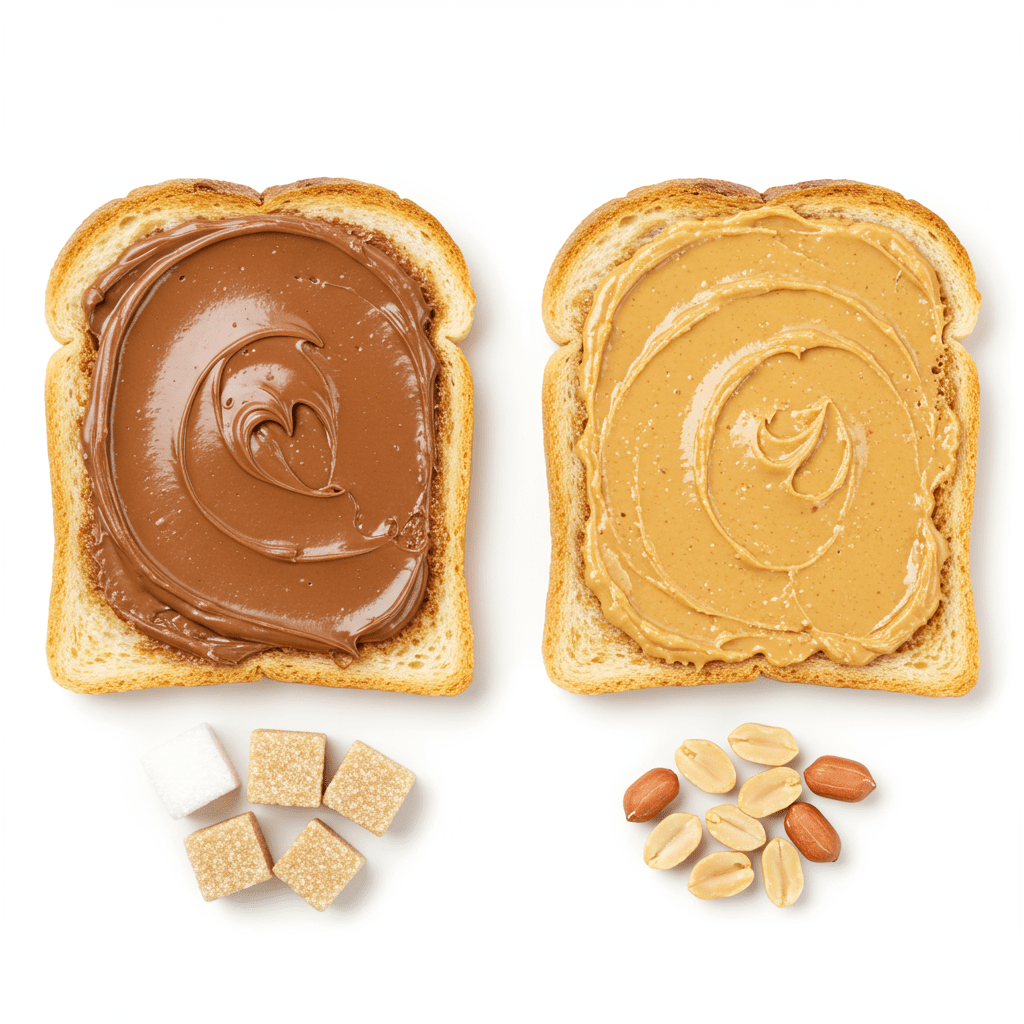
If you love Nutella but are looking for something with a better nutritional profile for more regular consumption, the market has some excellent options. Many of these focus on reducing sugar and using higher-quality ingredients, similar to finding healthier swaps for fast-food cravings.
Here are a few to look for:
- Justin’s Chocolate Hazelnut and Almond Butter: This spread is well-known for its rich flavor. It has significantly less sugar than Nutella and uses almonds alongside hazelnuts, boosting the protein content.
- Artisana Organics Hazelnut Cacao Spread: A great choice for those prioritizing organic ingredients. It uses coconut sugar instead of refined white sugar and is made without palm oil.
- Nocciolata Dairy-Free Organic Hazelnut & Cocoa Spread: This is another organic option that tastes remarkably similar to Nutella but with higher quality ingredients and no palm oil.
- Make Your Own: For ultimate control, a high-speed blender can turn roasted hazelnuts, a little cocoa powder, a touch of maple syrup or dates for sweetness, and a splash of milk or a neutral oil into a delicious, homemade spread where you control the sugar.
How Can I Eat Nutella in a Healthy Way?
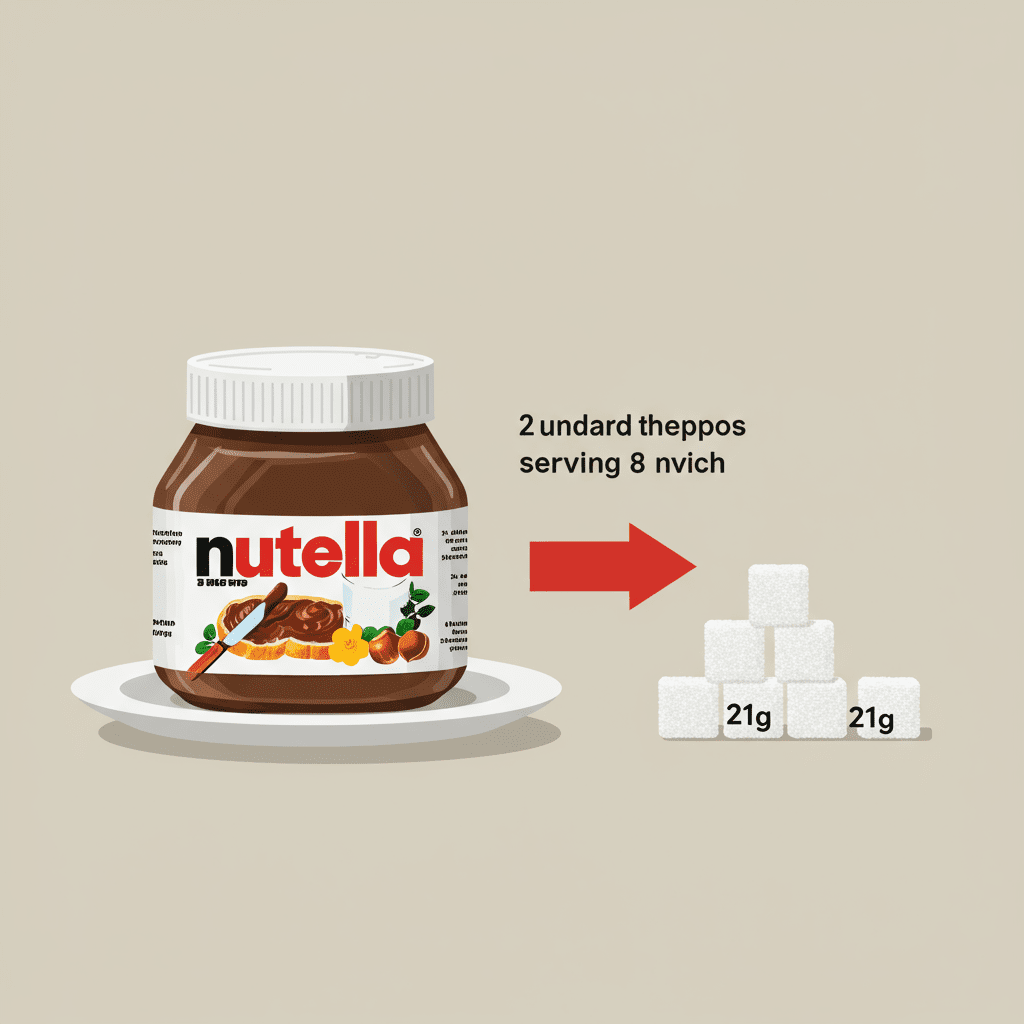
As a dietitian, I strongly advise against labeling foods as “good” or “bad.” A healthy relationship with food is about balance, context, and enjoyment. You absolutely can include Nutella in a healthy diet without guilt. The key is to be smart about how you eat it.
- Change Your Portion Perspective: Instead of two heaping tablespoons, use a single teaspoon. This delivers all the flavor you’re craving for a fraction of the sugar and calories.
- Pair It with Nutrient-Dense Foods: Don’t eat it straight from the jar or on plain white bread. Spread a thin layer on a slice of high-fiber, whole-grain toast. The fiber will slow down the absorption of sugar, preventing a sharp blood sugar spike and subsequent crash.
- Add Protein and Healthy Fats: Enjoy your Nutella toast alongside a protein source, like a couple of eggs or a glass of milk. This creates a more balanced meal that will keep you feeling full and satisfied for hours.
- Use It as a Drizzle, Not a Base: Drizzle a small amount over a bowl of Greek yogurt and berries, or use it as a dip for fresh fruit like strawberries or apple slices. This strategy turns a simple snack into a more balanced treat, much like a flavorful high-protein dip can elevate veggies.
- Treat It Like Frosting: Acknowledge that Nutella is nutritionally similar to cake frosting. Use it for what it is—a delicious treat for desserts, special occasions, or when you just need a little something sweet.
Conclusion
So, what’s the final verdict on that jar of Nutella in your pantry? As a dietitian, I see it not as a health food, but as a dessert.
It’s a delicious, creamy treat that can absolutely be part of a joyful and balanced approach to eating, but it shouldn’t be mistaken for a nutritious breakfast staple like traditional nut butters. Its high sugar and saturated fat content place it firmly in the “enjoy in moderation” category.
The key is mindfulness. Instead of making it a daily habit, save it for moments when you truly want to savor it.
Pair it with nutrient-rich foods to support stable energy levels, and remember that there are many fantastic, lower-sugar alternatives available if you’re looking for a daily chocolate fix. Ultimately, a healthy diet has room for foods you love, and with the right perspective, Nutella can be one of them without derailing your health goals.

[…] One of my favorite finds is Sweet Loren’s bake-at-home cookie dough, which is gluten-free, vegan, and incredibly delicious. While these are wonderful treats, remember to enjoy them mindfully. This is especially true for highly processed sweet treats; even popular spreads have a surprising nutritional profile. […]
Nutella recommends a single serving of a heaped tea spoon, not two tablespoons. A teaspoon is around 15 grams so you can’t get 21 grams of sugar in a serving